March 23rd, 2007 | admin
Japa pushpa or chemparathi (Hibiscus Rosa-sinensis) is a common ornamental flower found in all parts of India. The Latin name – Rosa Sinensis means rose of China. No one is sure if hibiscus originally comes from China or India. The flowering plant is found in all parts of India, except at frozen areas. The flowers can be of different colors and types. The medium sized blood-red colored is the most commonly found type. The petals are large. The number of petals can either be five or many in a compound flower as in a rose flower.
There are different plant breeding techniques that have produced more than 250 varieties of hibiscus plants, variously colored – white, yellow, pink, violet and red.
The flower has a prominent place in Ayurvedic beauty care or Ayurvedic hair care. The flowers and leaves are used in preparing natural hair shampoo that cleans the hair and fights dandruff, lice and premature greying.
Though hibiscus produces richly colored flowers it never produce fruits or seeds. Thus the only method of propagation is stem cuttings. A stem cutting of 9 to 15 inches is enough to produce a new plant in a new location.
Though there are accounts for African women using the flowers of hibiscus as ornaments, women in South Asia donÂ’t use it for ornamental purpose as there are several other flowers available.




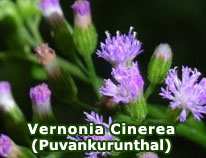
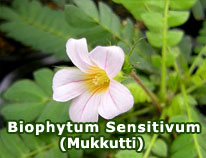
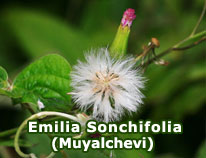
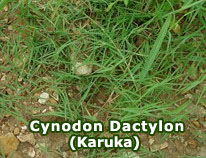
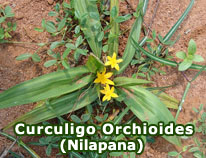
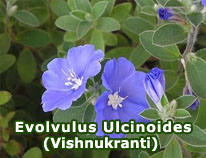
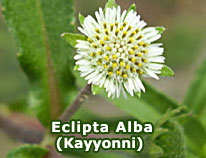
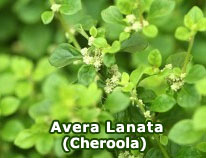
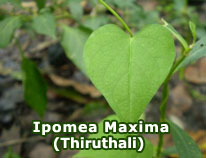
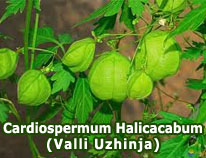
 Loading ...
Loading ...





